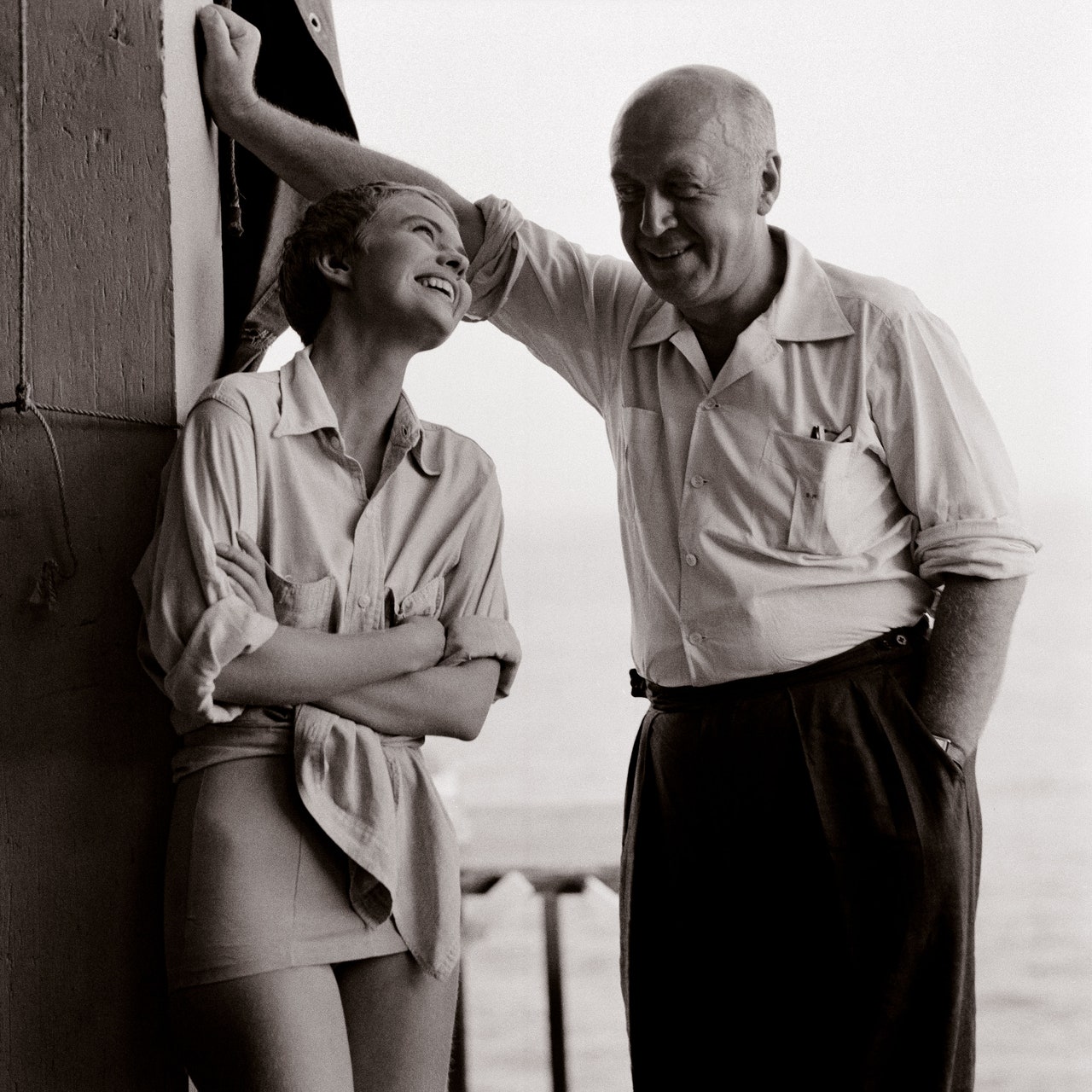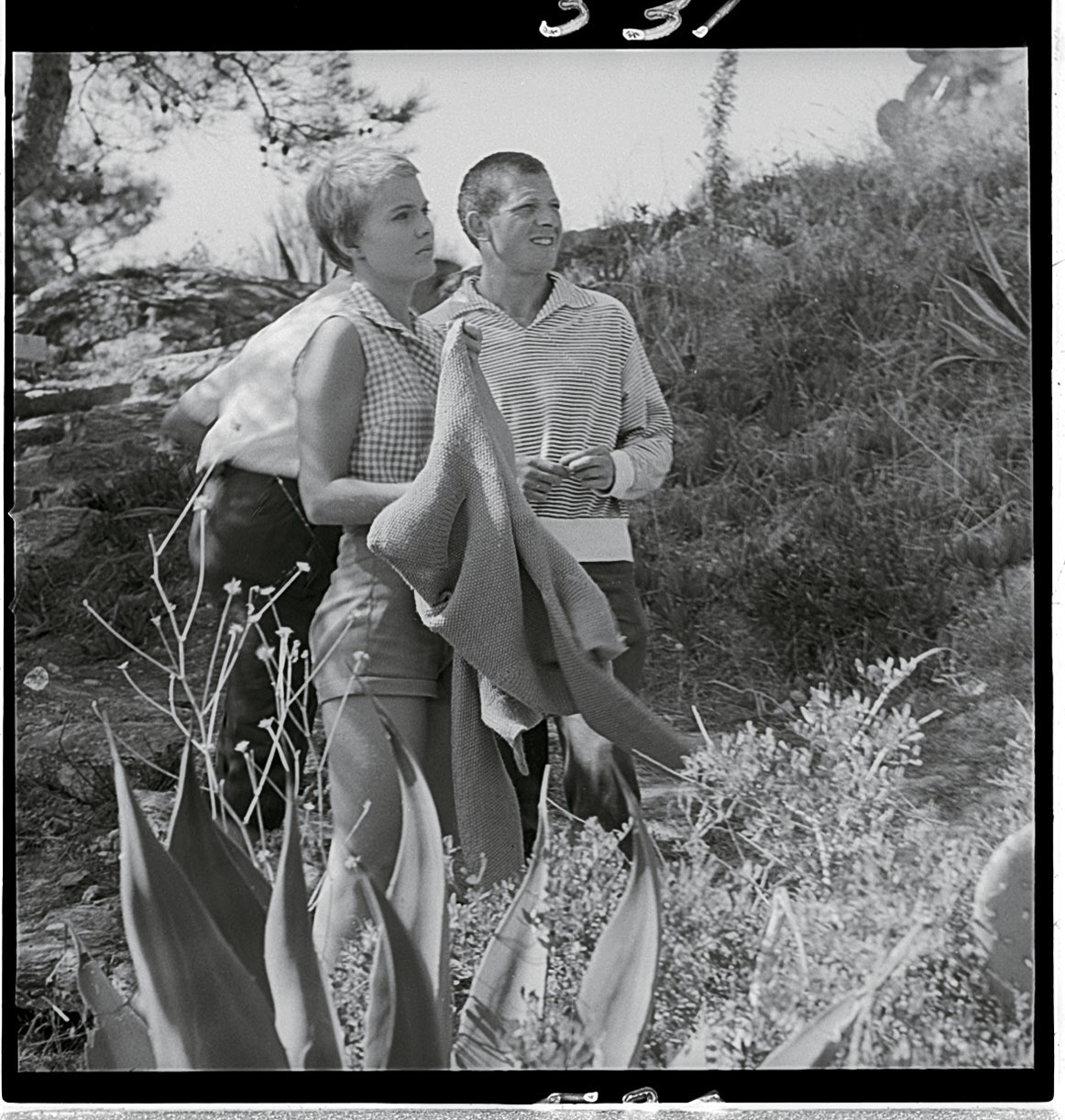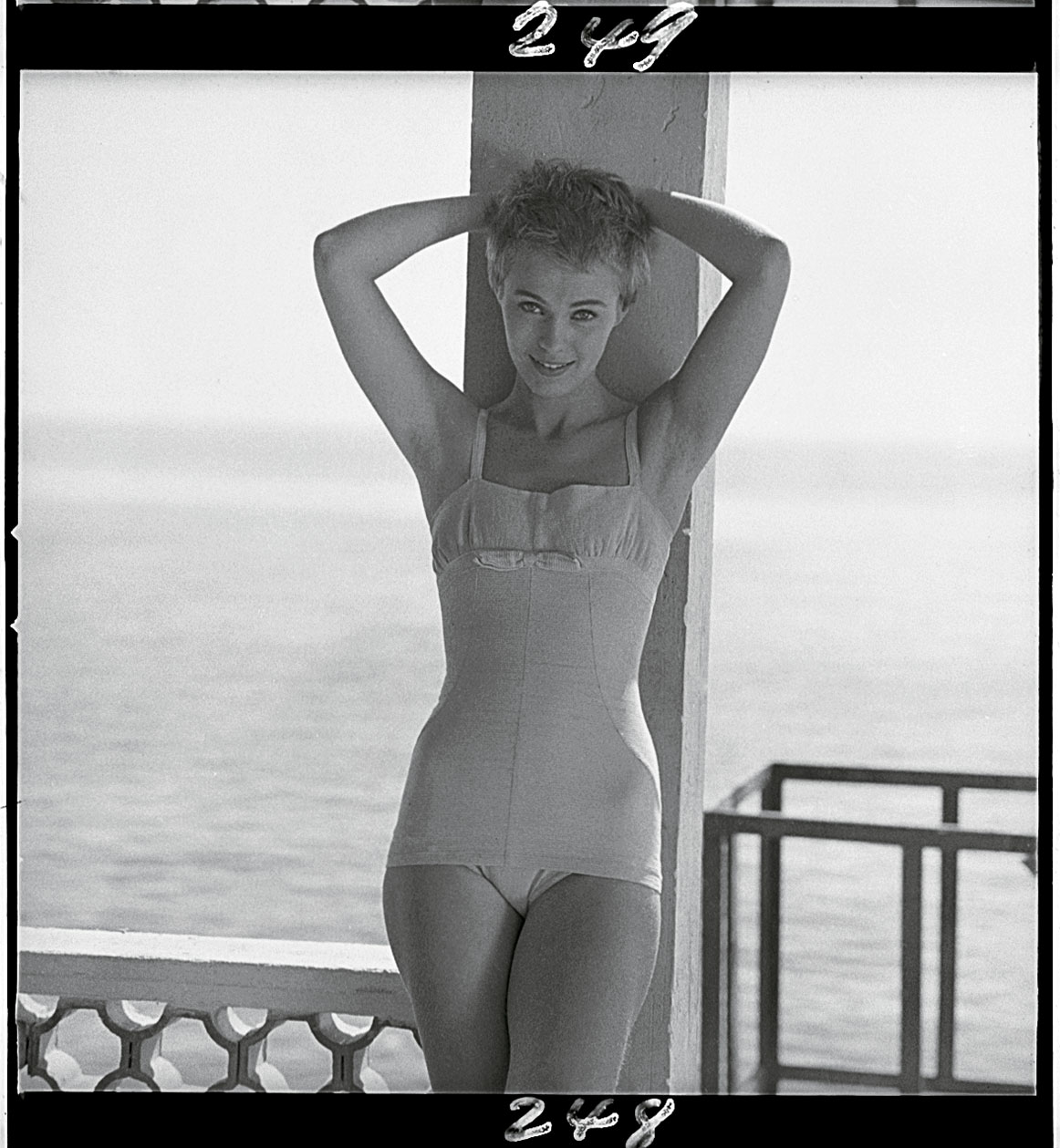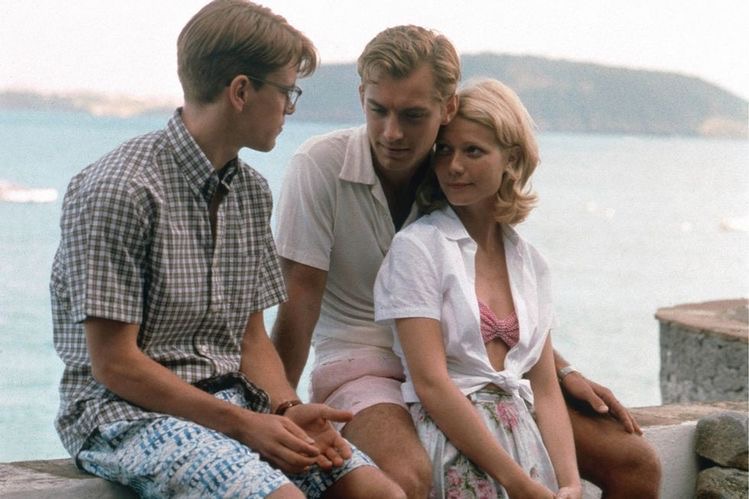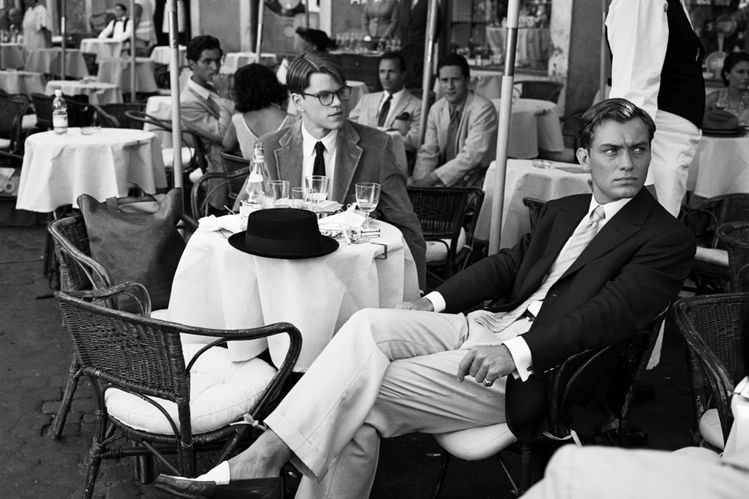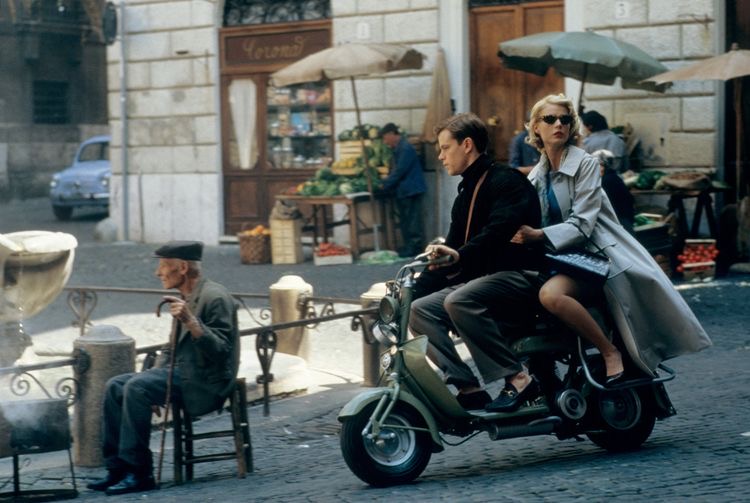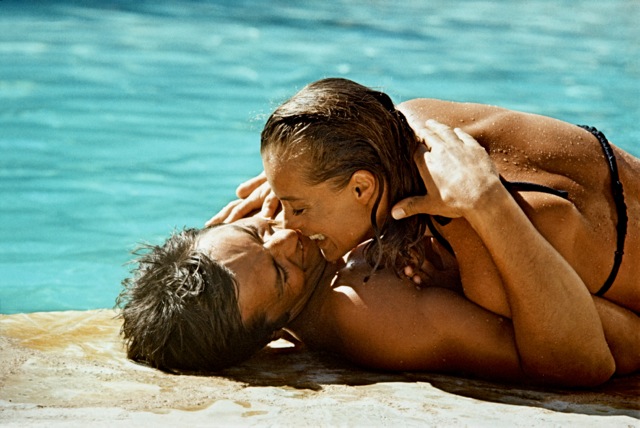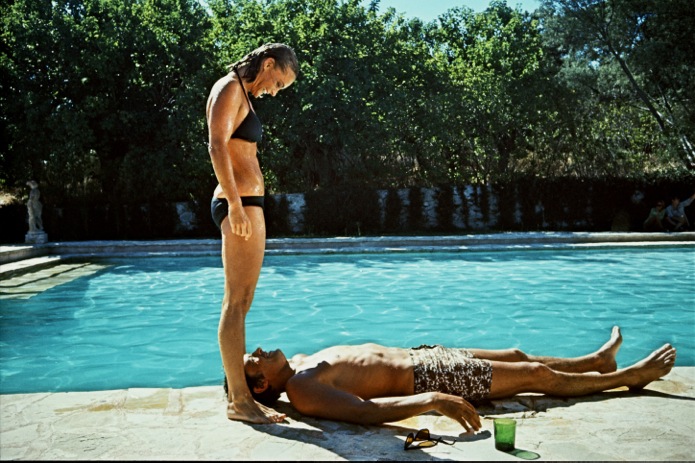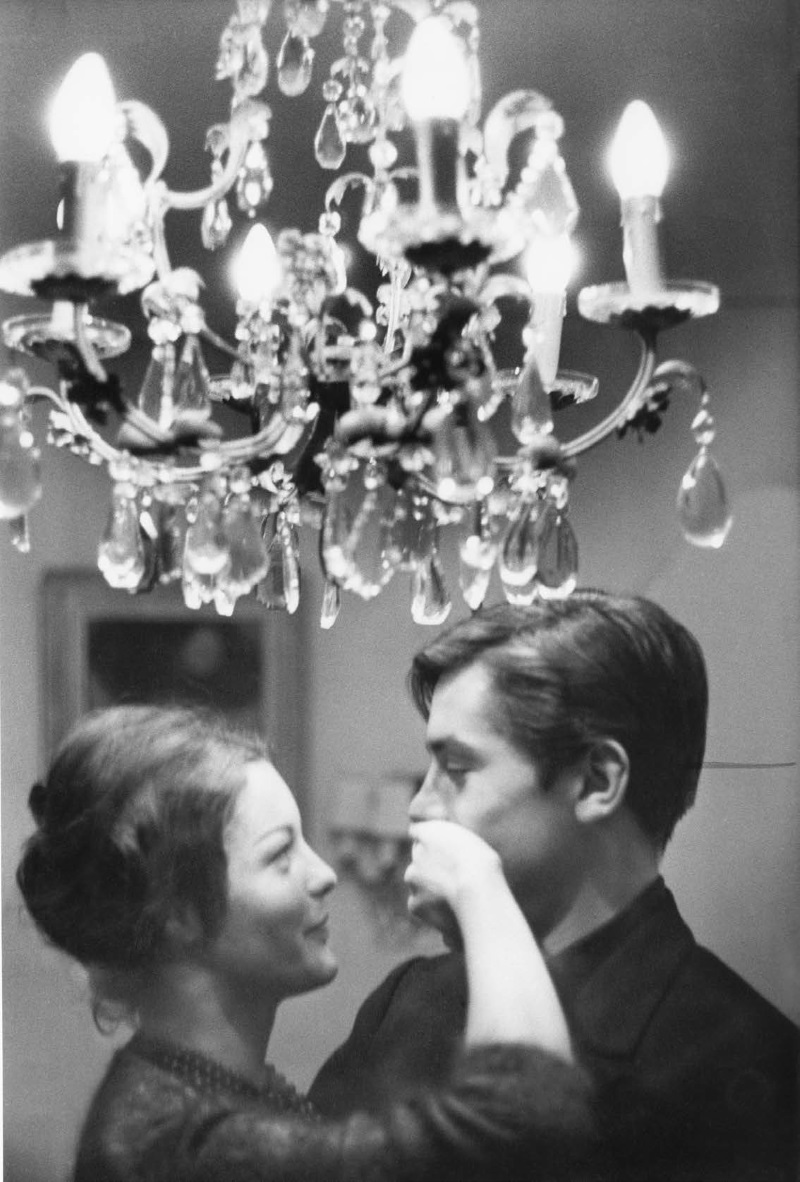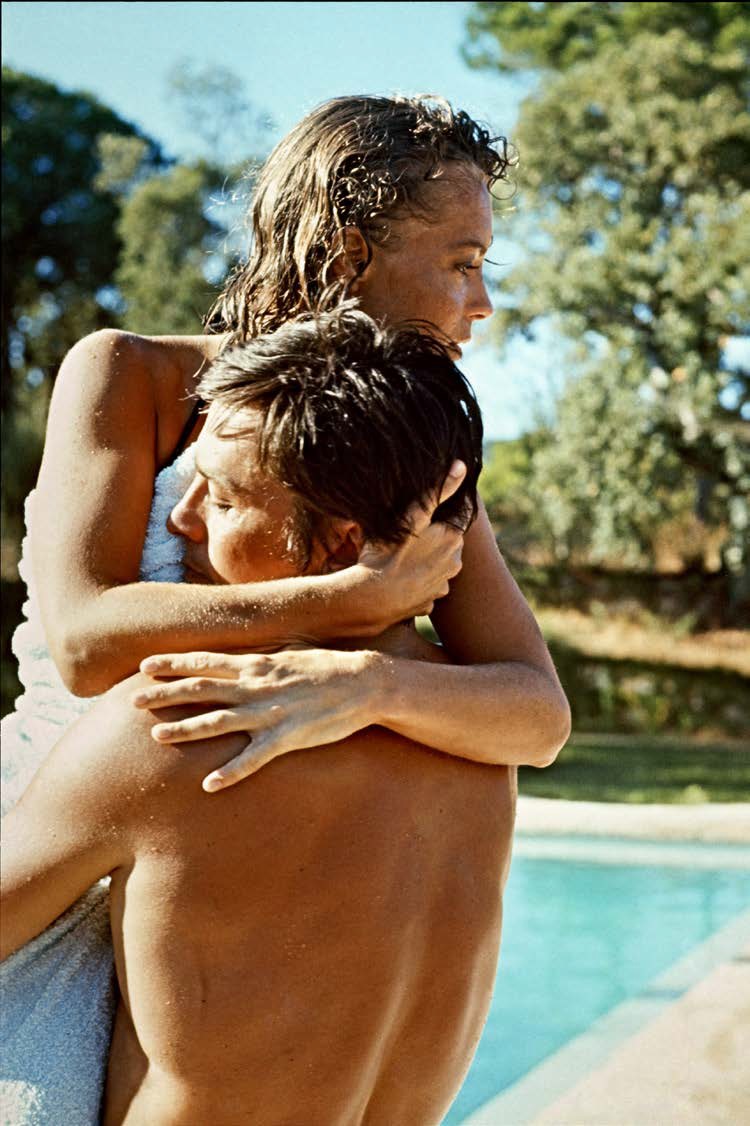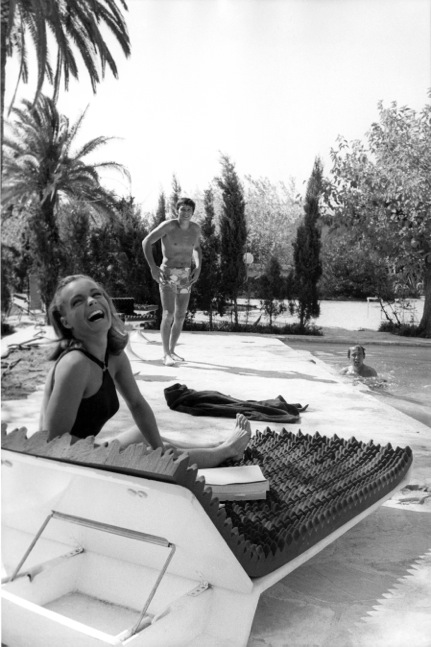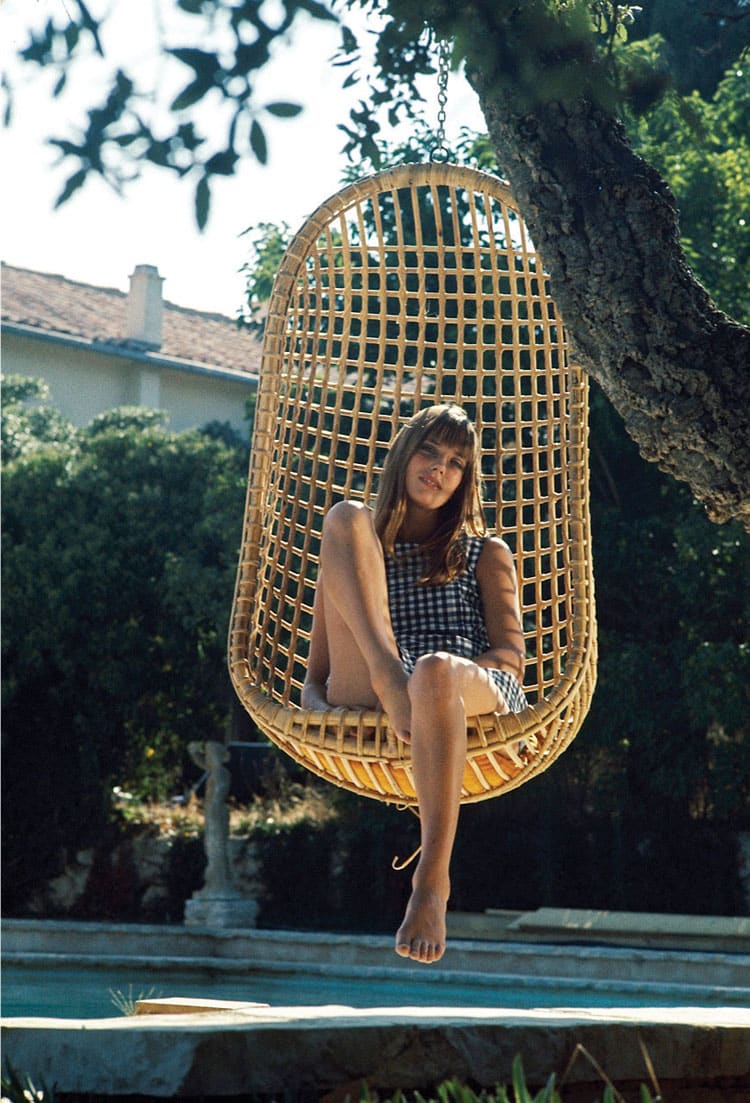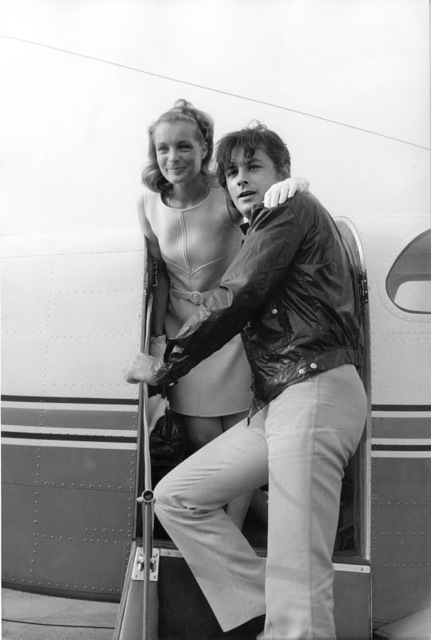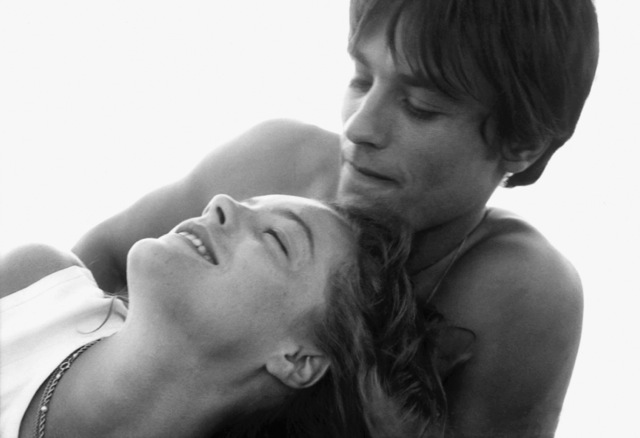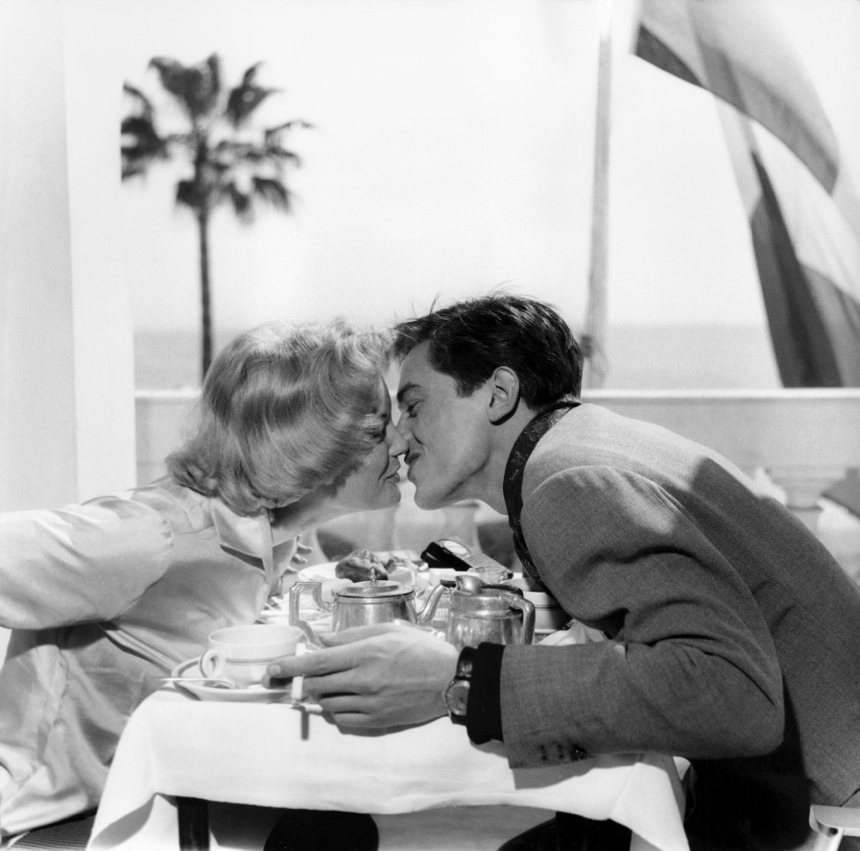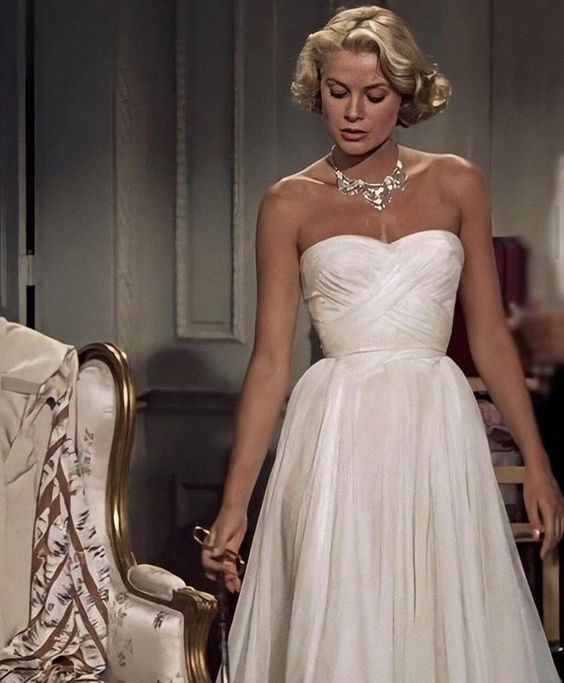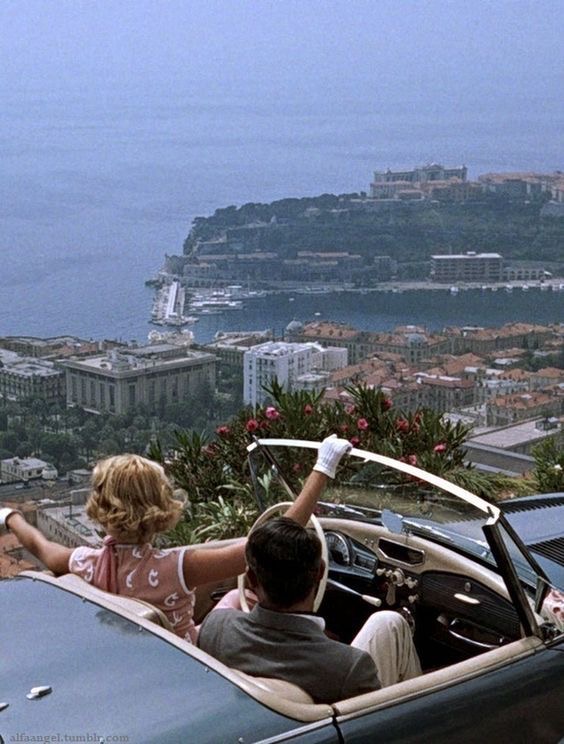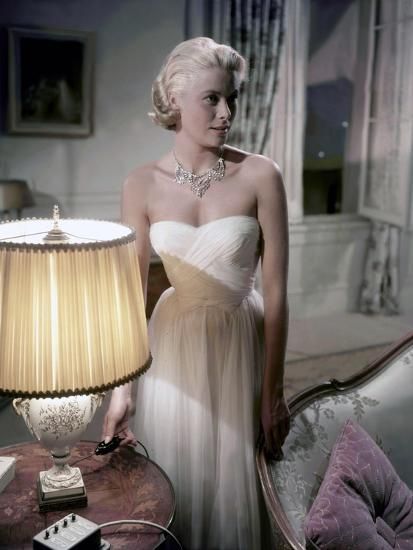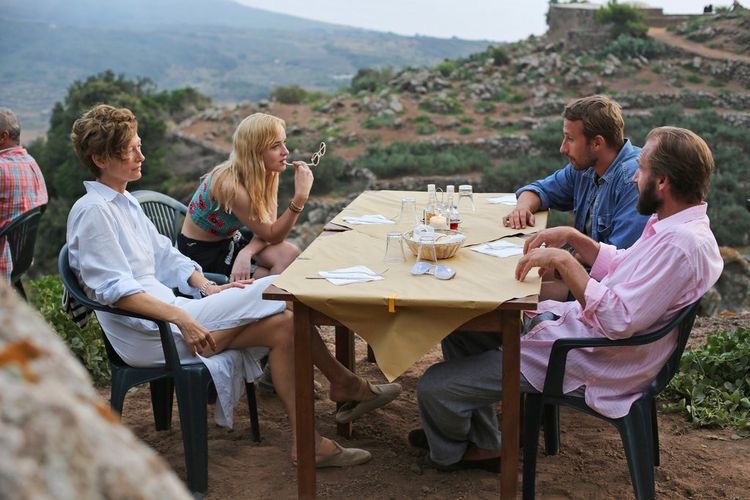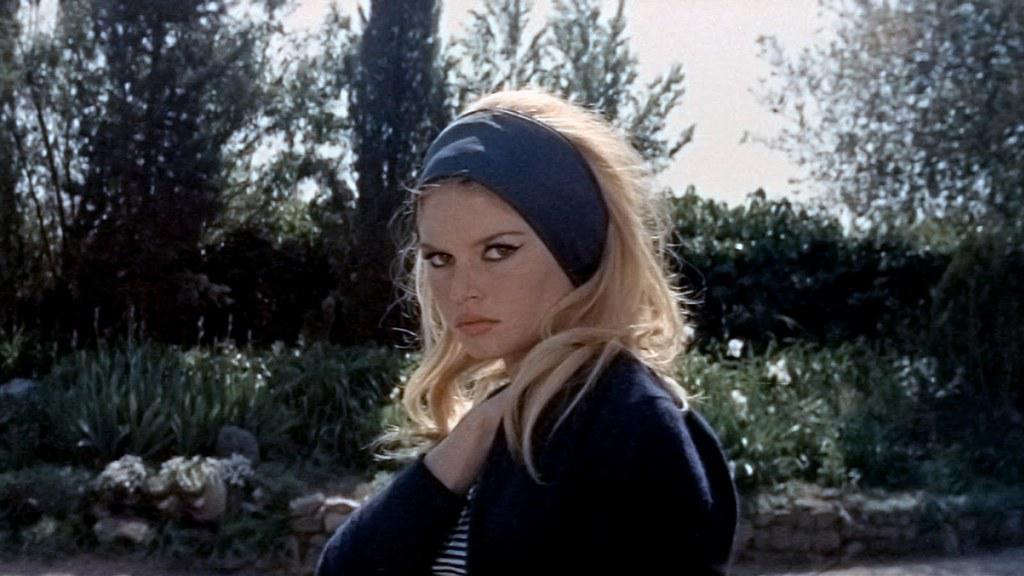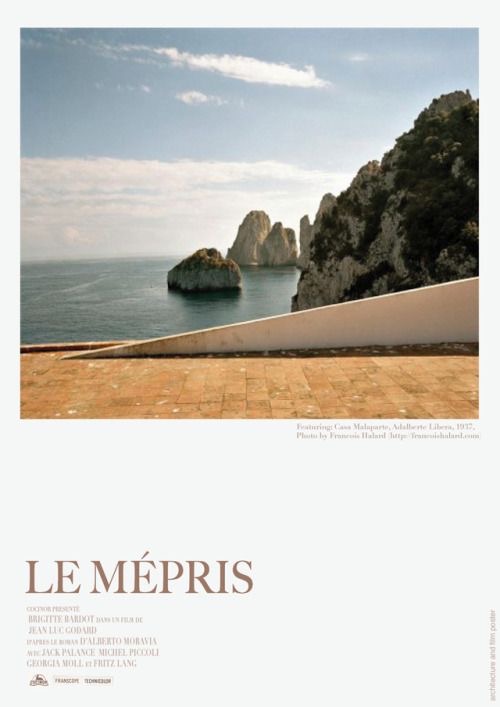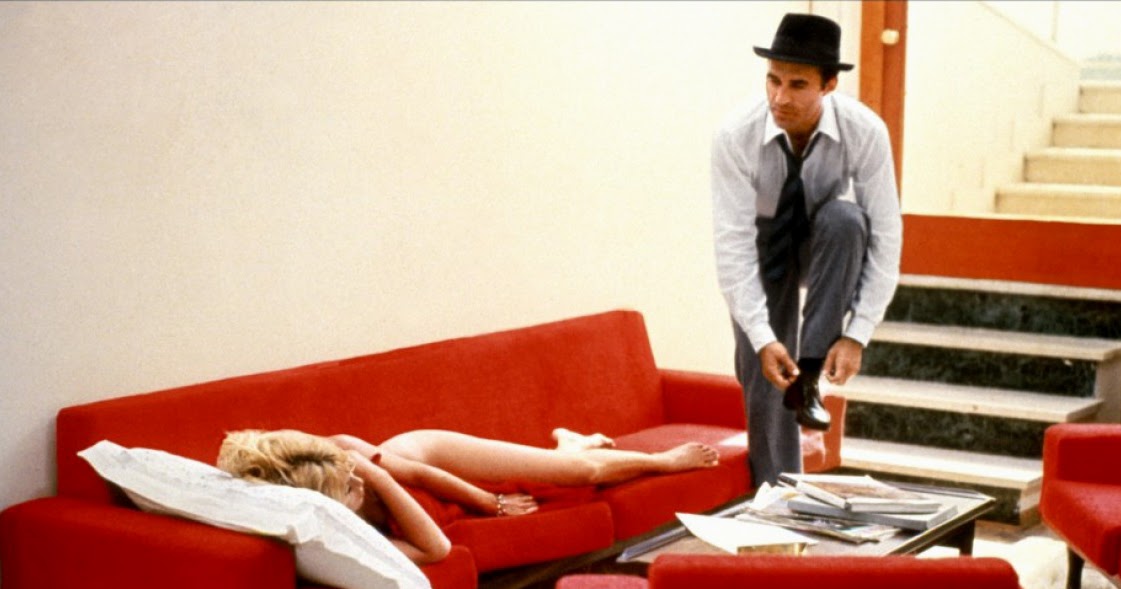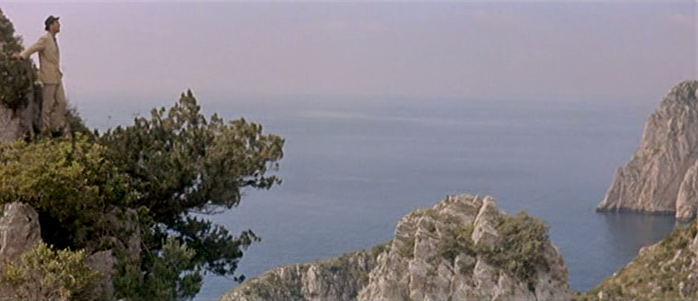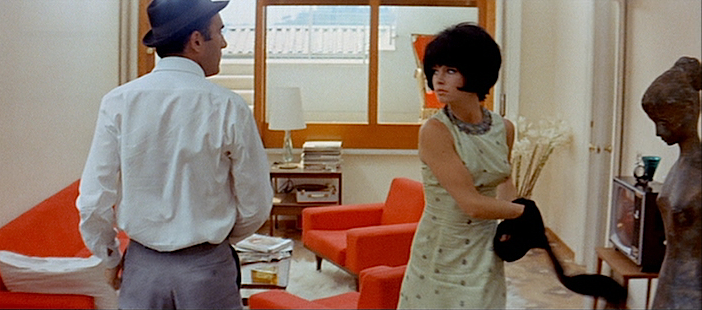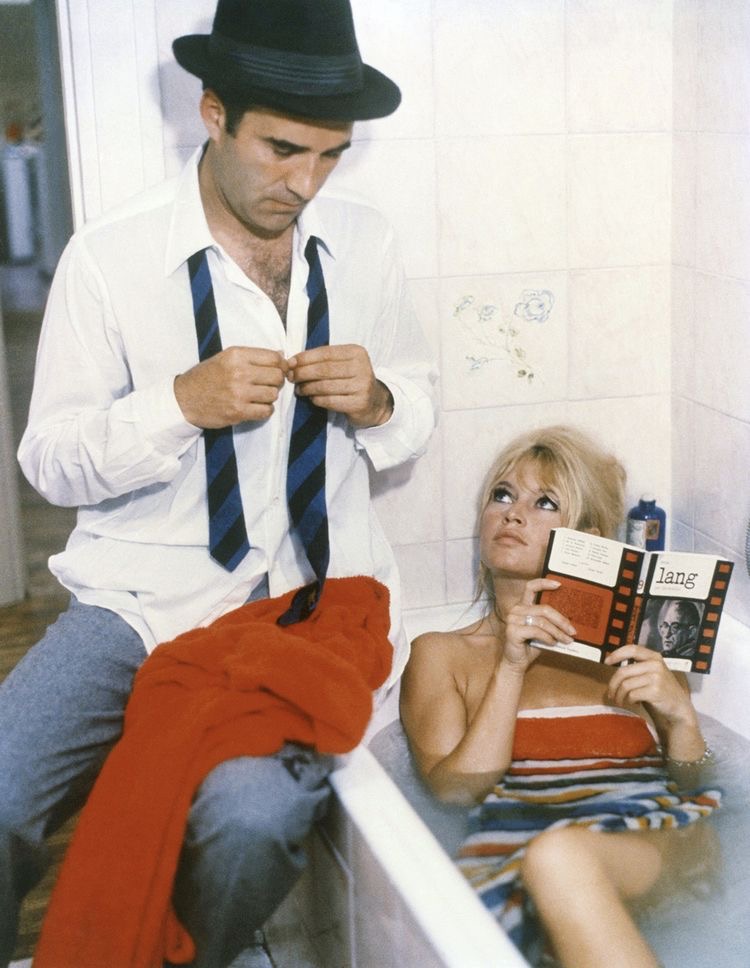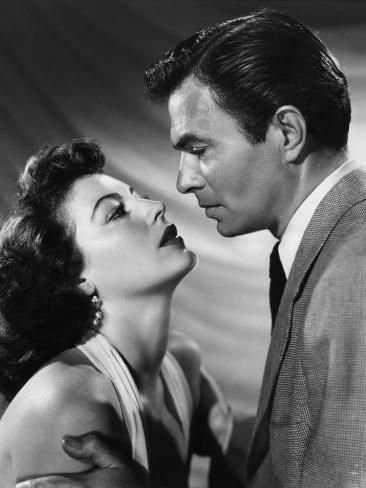There is a constant feeling in Paris that the city is living a lazy Sunday morning on repeat, where everyone stays home with their families, enjoying the sun on their balconies, going out just to buy croissants, bread and a few groceries, embracing this slow living quietly, listening to classical music with juliet balcony doors flung widely open, or reading in front of the windows. In keeping with this mood of rêverie and calmness, decided to share with you a few movies to dream about the Mediterranean Sea…

Bonjour Tristesse (1958)
Bonjour Tristesse (French “Hello, Sadness”) is a 1958 British-American Technicolor film in CinemaScope, directed and produced by Otto Preminger from a screenplay by Arthur Laurents based on the novel of the same title by Françoise Sagan. The film stars Deborah Kerr, David Niven, Jean Seberg, Mylène Demongeot and Geoffrey Horne, and features Juliette Gréco, Walter Chiari, Martita Hunt and Roland Culver. It was released by Columbia Pictures. This film had color and black-and-white sequences, a technique unusual for the 1950s, but widely used in silent movies and early sound movies.
PLOT
On the French Riviera, Cécile is a decadent young girl who lives with her rich playboy father, Raymond. Anne, a mature and cultured friend of Raymond’s late wife, arrives at Raymond’s villa for a visit. Anne and Raymond become close, but Cécile finds that Anne threatens to reform the undisciplined way of life that she has shared with her father.
Despite his promises of fidelity to Anne, Raymond cannot give up his playboy life. Helped by Elsa, Raymond’s young and flighty mistress, Cécile does her best to break up the relationship with Anne. The combination of the daughter’s disdain and the father’s rakishness drives Anne to a tragic end. (Source)

The Talented Mr. Ripley (1999)
The Talented Mr. Ripley is a 1999 American psychological thriller film written and directed by Anthony Minghella. An adaptation of Patricia Highsmith’s 1955 novel of the same name, the film stars Matt Damon as Tom Ripley, Jude Law as Dickie Greenleaf, Gwyneth Paltrow as Marge Sherwood, Cate Blanchett as Meredith Logue, and Philip Seymour Hoffman as Freddie Miles.
The novel was previously filmed twice. In 1957, a one-hour version was produced for the TV anthology series Studio One, directed by Franklin J. Schaffner, though no recording survives. In 1960, a full-length film version was released, entitled Purple Noon and directed by René Clément, starring Alain Delon in his first major role. Claude Chabrol’s 1968 film Les biches uses many elements of Highsmith’s novel but switches the gender of the main characters.
PLOT
While working at a party as a piano player, Tom Ripley (Matt Damon) is approached by Herbert Greenleaf, who believes that Ripley attended Princeton with his son, Dickie (Jude Law), because Ripley is wearing a borrowed Princeton jacket. Greenleaf recruits Ripley for $1,000 to travel to Italy to persuade Dickie to return home. While collecting his luggage in Italy, Ripley pretends to be Dickie and strikes up a friendship with an American socialite, Meredith Logue (Cate Blanchett)… (Read more)

La Piscine (1969)
La Piscine (The Swimming Pool) is a 1969 Italian-French psychological thriller film directed by Jacques Deray, starring Alain Delon, Romy Schneider, Maurice Ronet and Jane Birkin.
Set in summertime on the Côte d’Azur, it is a drama of sexual jealousy and possessiveness. Both French and English-language versions of the film were made, with the actors filmed speaking English for the international release, which was unusual at a time when movies were always either dubbed or subtitled. That 114-minute international release, shorter than the French version, also had a slightly different editing.
PLOT
Jean-Paul, a writer and Marianne, his girlfriend of just over two years, are holidaying at a friend’s villa. There is a tension in their relationship which excites Marianne: the film begins with a scene in which they are together beside the villa’s swimming pool and she urges him to claw her back. He does as she asks, but then throws her into the pool and jumps in after her. In a later scene he takes a branch and uses it to lash her bare buttocks, playfully but with a force that increases as the scene cuts away… (Read more)

To Catch a Thief (1955)
To Catch a Thief is a 1955 American romantic thriller film directed by Alfred Hitchcock, from a screenplay by John Michael Hayes based on the 1952 novel of the same name by David Dodge. The film stars Cary Grant as a retired cat burglar who has to save his reformed reputation by catching an imposter preying on the wealthy tourists of the French Riviera. Grace Kelly stars opposite him as his romantic interest in her final film with Hitchcock.
PLOT
John Robie, a former thief, who has changed his ways, finds himself in a pickle when a robbery takes place. He must prove his innocence and convince everyone he is not responsible for the thievery.

A Bigger Splash (2015)
A Bigger Splash is a 2015 psychological drama film directed by Luca Guadagnino and written by Alain Page and David Kajganich. Loosely based on the 1969 Jacques Deray film La Piscine and named after the David Hockney painting, the film stars Tilda Swinton, Matthias Schoenaerts, Ralph Fiennes, and Dakota Johnson. It is the second installment in Guadagnino’s self-described Desire trilogy, following I Am Love (2009) and preceding Call Me by Your Name (2017). It competed for the Golden Lion at the 72nd Venice International Film Festival.
PLOT
While vacationing on a Sicilian island with her boyfriend (Matthias Schoenaerts), a rock star (Tilda Swinton) receives an unexpected visit from an old flame (Ralph Fiennes) and his seductive daughter (Dakota Johnson).

Le Mépris (1963)
Le Mépris (French “Contempt”) is a 1963 French-Italian New Wave drama film written and directed by Jean-Luc Godard, based on the Italian novel Il disprezzo (A Ghost at Noon) by Alberto Moravia. It stars Brigitte Bardot, Michel Piccoli, Jack Palance, and Giorgia Moll.
PLOT
Writer Paul Javal’s marriage ends when he lets his wife, Camille drive with the producer, Jeremy Prokosch, as Camille thinks that Paul is using her as a present to Prokosch, to get better pay from him.

Pandora and the Flying Dutchman (1951)
Pandora and the Flying Dutchman is a 1951 British Technicolor drama film made by Romulus Films and released by Metro-Goldwyn-Mayer in the United States. The film was directed by Albert Lewin and produced by Lewin and Joe Kaufmann from his own screenplay, based on the legend of the Flying Dutchman. It was filmed mainly on the Costa Brava. The land record speed scenes were shot at Pendine Sands in Wales.
The film starred Ava Gardner and James Mason, featuring Nigel Patrick, Sheila Sim, Harold Warrender, Mario Cabré and Marius Goring. The cinematographer was Jack Cardiff. Most of the movie was shot on location in Tossa de Mar, Catalonia, Spain, where a statue of Gardner has been erected on the hill overlooking the town’s main beach.
MGM delayed its release until Gardner’s star-making performance in Show Boat (1951) could be seen. The tactic worked, and this film solidified her status as a rising star.
PLOT
In 1930, fishermen in the small Spanish port of Esperanza make a grim discovery in their nets, the bodies of a man and a woman. The resultant ringing of church bells in the village brings the local police and the resident archaeologist, Geoffrey Fielding (Harold Warrender), to the beach. Fielding returns to his villa, and, breaking the “fourth wall”, retells the story of these two people to the audience.

